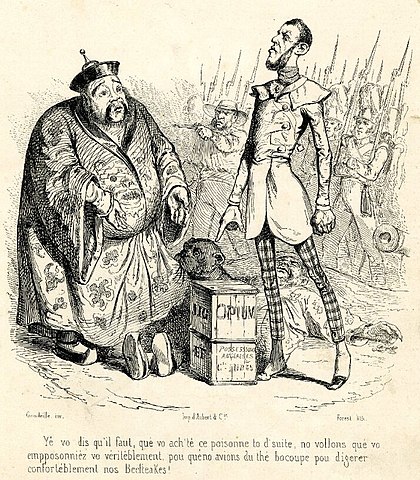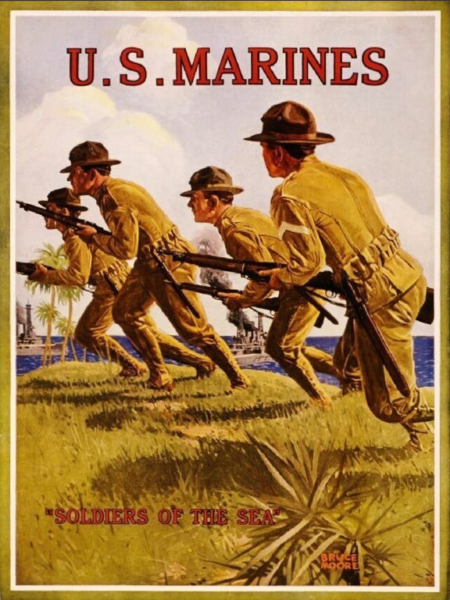Chris Bray reports on this utterly abhorrent piece of proposed legislation that will literally condemn any brown person in the state of Arizona to be murdered out of hand by evil red-hatted Trump supporters … or will it?
Republicans in the Arizona legislature have advanced a bill that would allow anyone in the state to just casually gun down any migrant anytime they feel like that filthy brown person might be trespassing. You can trust that this is really happening, because it’s in the news.
Delightfully, Axios reporter April Rubin trained at the New York Times. Here’s how she starts this story:
Arizona Republicans are advancing a bill that would allow people to legally kill someone accused of attempting to trespass or actively trespassing on their property.
The big picture: The legislation, which is expected to be vetoed if it reaches the state’s Democratic governor, would legalize the murder of undocumented immigrants, who often have to cross ranches that sit on the state’s border with Mexico.
These monsters, they’re legalizing the murder of undocumented migrants.
So, as always, let’s read the actual bill:
A person in lawful possession of property can threaten deadly force, or potentially use deadly force, in response to an act of criminal trespassing: You can go out on your property with a gun and tell a trespasser to get lost.
But Subsection B is the key to the actual use of deadly force, and journalists aren’t saying anything about it (emphasis added): “A person may use deadly physical force under subsection A only in the defense of himself or third persons as described in sections 13-405 and 13-406,” existing sections of Arizona state law. The bill explicitly references an existing legal standard for the use of deadly force.










